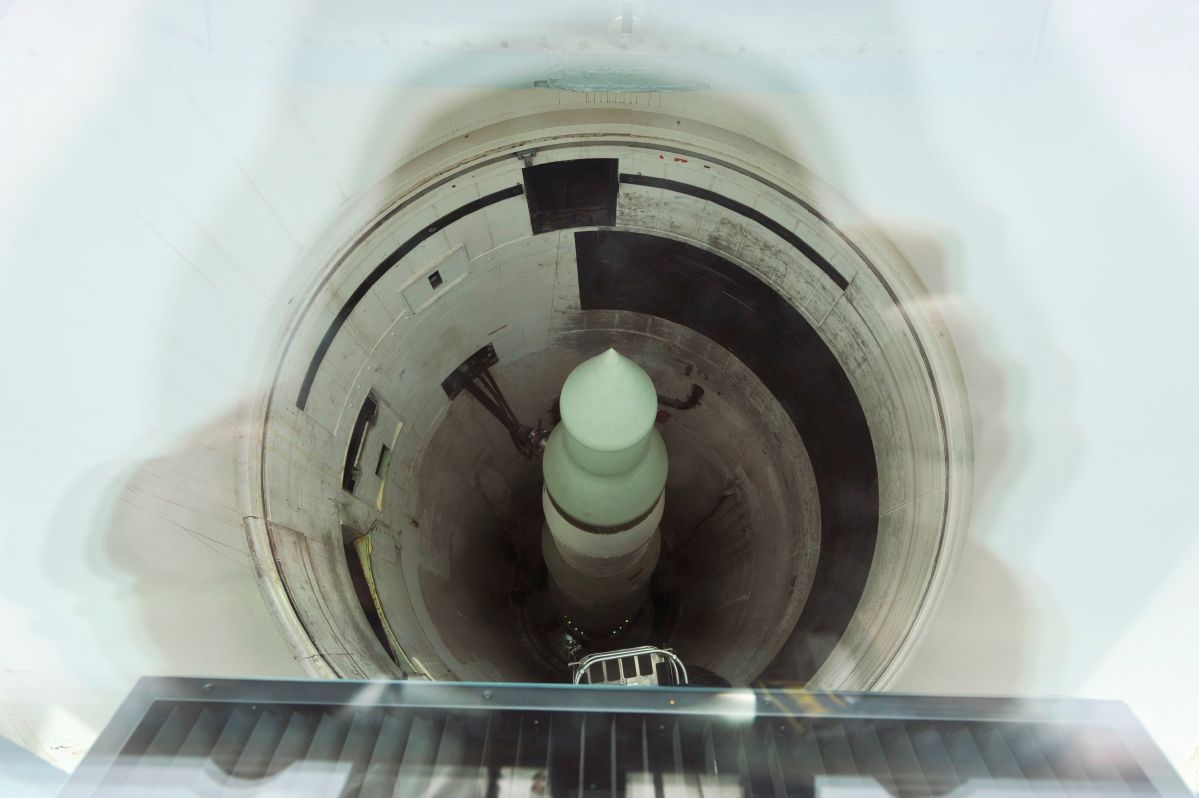In the early 80s, Yvonne Morris, a former missile combat crew commander, would sit alert and ready in a big grey, cushioned chair, ready to send a seven-story-tall Titan II intercontinental ballistic missile and its massive nuclear payload into the world. But now, as the current director of the Titan Missile Museum, Morris walks tourists through the steps she ultimately never had to take.
Even though the Cold War ended decades ago, current events and nuclear tourism are bringing museums like Morris’s back into the spotlight. The Titan Missile Museum actually opened before the Cold War ended. The only two intercontinental ballistic missiles that are preserved for the benefit of the public can be found at the Titan Missile Museum and the Minuteman Missile National Historic Site (MMNHS).
Since 2011, visitation to the MMNHS has more than doubled, with 144,000 park visitors brining about $10 million to the local economy in South Dakota. Some people book months in advance, while others stumble upon the museum on their way to or from the Badlands National Park, which is less than 10 minutes away.
“If you’re not from the United States, your Cold War experience is often much more personal,” said Eric Leonard, superintendent at MMNHS, according to National Geographic. “Soviet nuclear weapons wouldn’t take you out in 30 minutes, they’d take you out in four.”
Thanks for reading InsideHook. Sign up for our daily newsletter and be in the know.


















